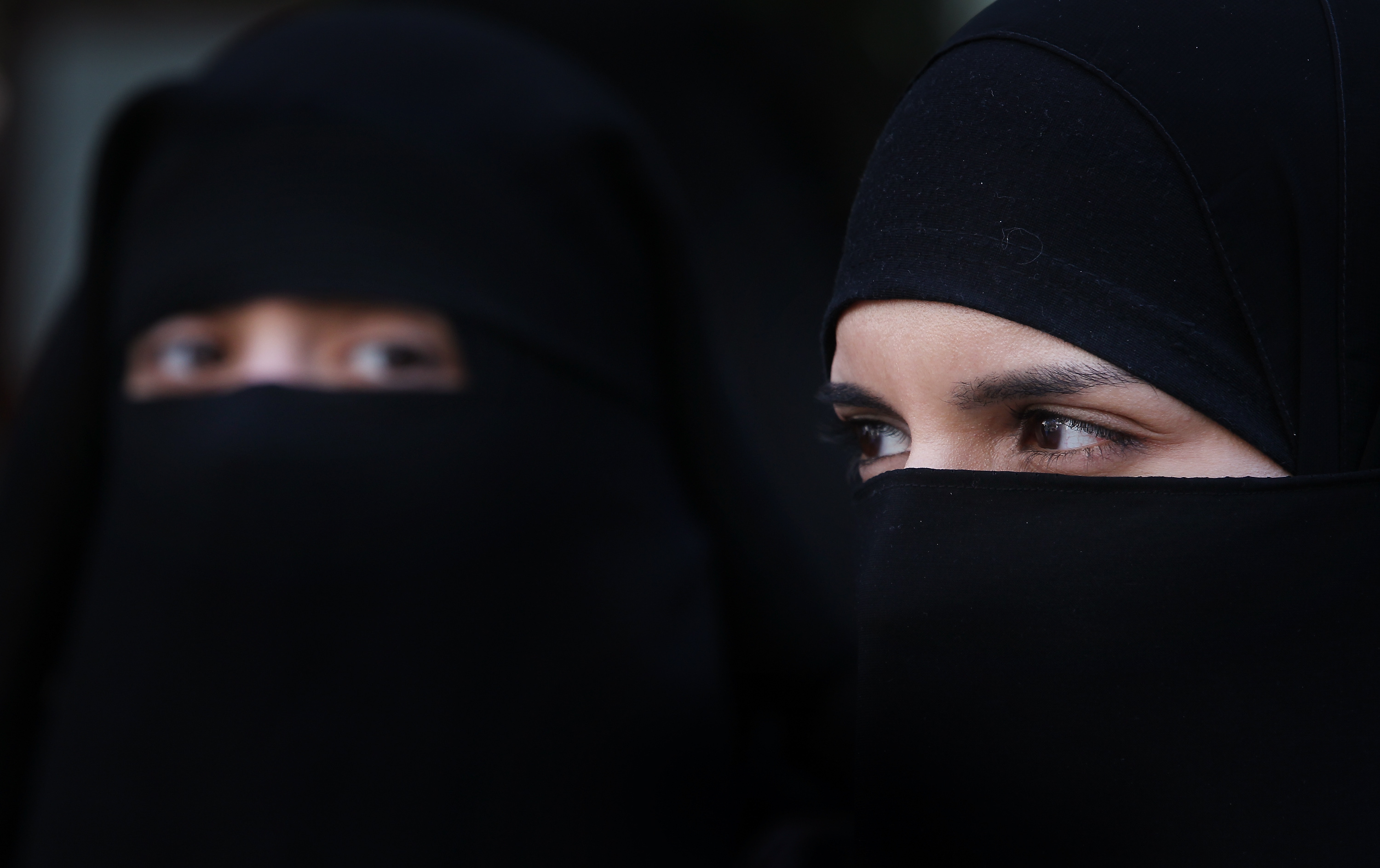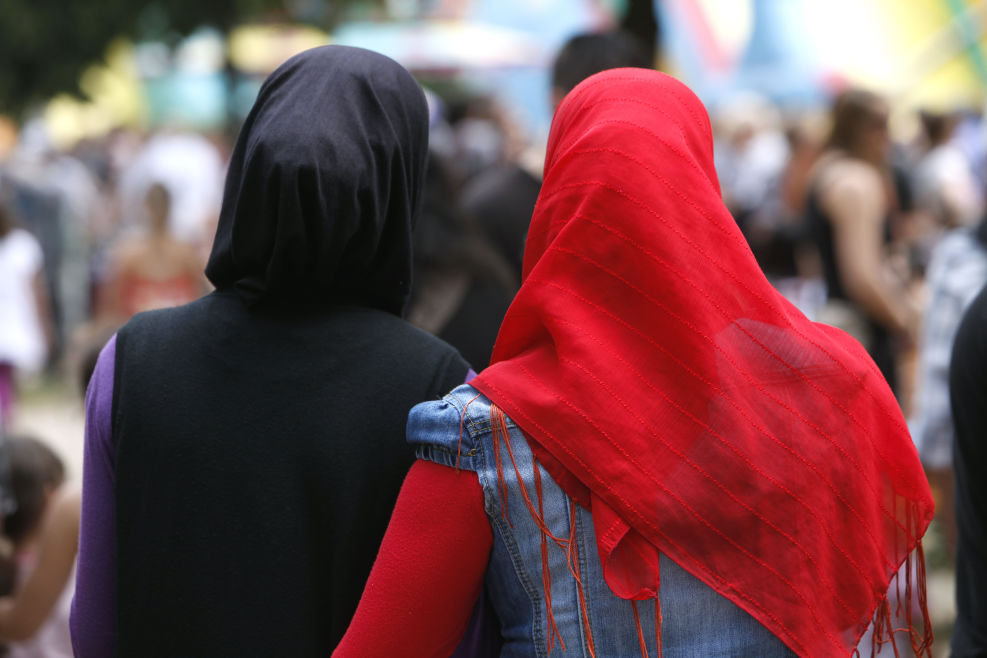
Adam Purinton, the white man who yelled, “Get out of my country” before shooting to death Indian-American Srinivas Kuchibhotla at a bar in Kansas, pleaded guilty last week to first-degree murder charges. Kuchibhotla’s killing, a hate crime by all accounts, cannot be seen as an anomaly. It speaks to the reality of white supremacy plaguing our nation.
As the United States heads toward a future in which the majority of Americans are people of color, hate violence, government policies and xenophobic political rhetoric continue to rise consistently by double-digit percentages annually, as we have documented at South Asian Americans Leading Together over the last several years.
SAALT is a national nonprofit, nonpartisan organization based in Washington, D.C., that addresses issues of immigration, civil rights, and hate violence impacting South Asian Americans across the country. Our policy and advocacy work relies on collecting and analyzing data often missing on our communities, which we broadly define as South Asian, Muslim, Sikh, Hindu, Middle Eastern and Arab Americans.
Our most recent report, Communities on Fire, released last month following the one-year anniversary of President Donald Trump’s Muslim ban, found a 45-percent increase in hate violence and xenophobic political rhetoric aimed at our communities in the year since Trump’s election. While the U.S. has relied on a utopian “melting pot” image, our report points to a different and more sinister melting pot: one of hate and white supremacy increasingly being stirred.
Indeed, the tiki torch ― as seen in the white supremacist rally in Charlottesville, Virginia, in August ― appears to be supplanting the Statue of Liberty as the symbol of this nation, as white supremacist groups proliferate and are enabled by the policies, pronouncements and actions of the Trump administration. These symbols were juxtaposed on the front cover of our report, which examined historic rates of hate violence and xenophobic political rhetoric during the first year of this presidential administration.
For one of every five incidents of hate violence documented in our report, we found the perpetrator actually referenced Trump, a Trump administration policy (like the Muslim ban), or a Trump campaign slogan (like “Make America Great Again”) while committing the act of violence. Eighty-two percent of the violence we recorded was motivated by anti-Muslim sentiment.
The much-needed national dialogue on hate crimes and hate violence emphasizes the endemic problem of underreporting of hate crimes by local law enforcement, the need for stricter prosecutions of hate crimes, and the sore lack of trust between affected communities and law enforcement.
While these remain true, there is less discussion on the myriad ways in which the federal government, particularly the Department of Justice, actively undermines the need to address these challenges in its policies, actions and language.

On the surface, the Trump administration seems erratic and disconnected, but in reality the concerted effort to turn hateful campaign rhetoric into policy is being expertly executed and has resulted in deadly violence.
Last year, this administration announced three executive orders on criminal justice that quietly slipped past most of the general public, receiving little to no outcry, specifically from non-black people of color.
In short, these dangerous policies were intended to further criminalize immigrants and communities of color, and further enhance the protection of law enforcement officers.
One of the orders established a “Task Force on Crime Reduction and Public Safety,” defined as “illegal immigration, drug trafficking, and violent crime.” The Department of Justice created a subcommittee within this larger task force to focus on the perpetrators of hate crimes. This only advances the myth of immigrants as perpetrators of hate crimes rather than acknowledging the growing problem of white supremacist violence targeting immigrant communities.
Another order concentrates on prosecuting individuals who commit violent crimes against police, supporting what is known as the “Blue Lives Matter” movement.
Rather than addressing the alarmingly heightened levels of hate violence that communities of color face and the rapid growth of white supremacist groups, particularly anti-Muslim groups, the “Blue Lives Matter” narrative shifted the focus to providing additional protection for an already protected class of people.
Efforts around police accountability, catalyzed by the Movement for Black Lives, have been halted, and replaced with efforts to target and simultaneously inflate the problem of “illegal” immigration and drug trafficking, all the while militarizing local police departments and emboldening officers to use the full force of the law to continue criminalizing people of color.
How can this possibly help bridge trust between communities facing violence and law enforcement officers? Last week, the Department of Justice filed a lawsuit against the state of California for its sanctuary city policies that draw the clear and necessary separation between immigration enforcement and protection under the law for all.
Just as this administration uses an intersectional approach of anti-Muslim, anti-black, and anti-immigrant sentiment to drive its policies, this intersectionality is also reflected in the victims of hate violence. Our report found that women wearing hijab, young people, and individuals with darker skin color were frequent targets of violence. On July 26, 2017, Amber Elizabeth Hensley yelled, “We’re going to kill all of ya” and “we’re going to kill every single one of you (expletive) Muslims,” looking directly at a cellphone camera held by Sarah Hassan, a 21-year-old Somali-American woman. This is just one of the 302 examples from our report that illustrate the threats and violence our communities endured in the first year after the election.
Holding the complexity of America’s hate crime problem is core to our public resistance. It requires us to think beyond prosecutions and guilty verdicts, and examine the root causes of violence. The counter intelligence program, the growth of the prison industrial complex, and the militarization of police were programs and policies that were perfected on the backs of black communities across multiple administrations. They are now being recycled and used against non-black people of color and immigrants even as they continue to expand in black communities.
We cannot afford to forget that state-sanctioned violence is connected to interpersonal violence. Understanding our history and deepening our critique of the entire system is the strongest form of resistance. It will outlive this administration and hold all who came before and those who will come after accountable for stemming the rising tide of violence.

